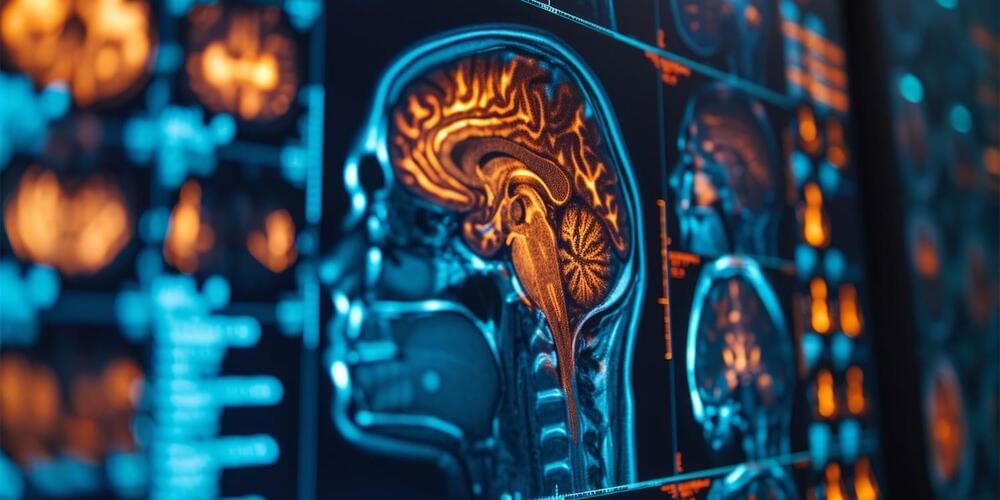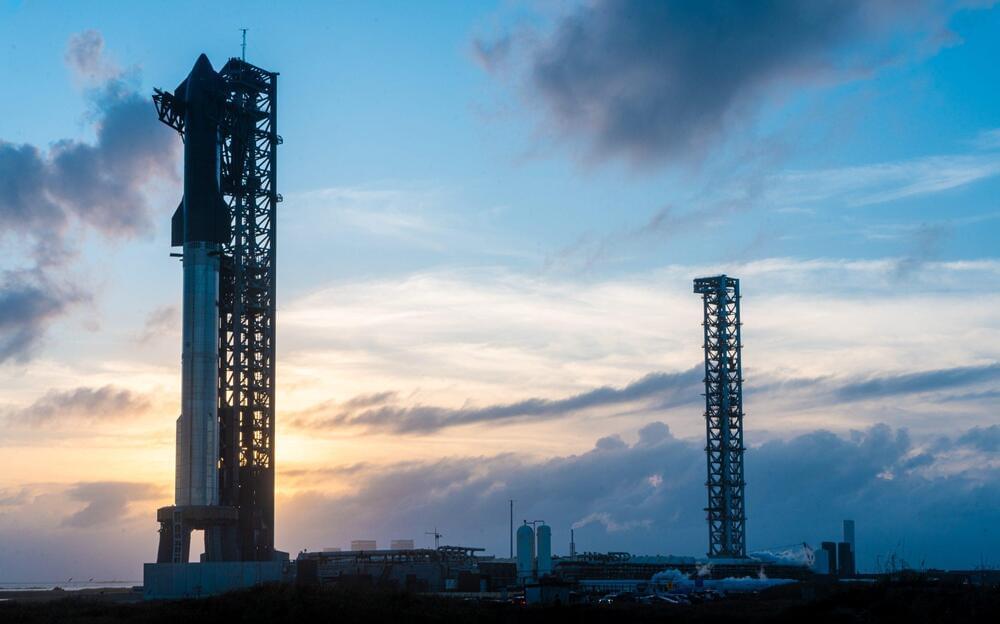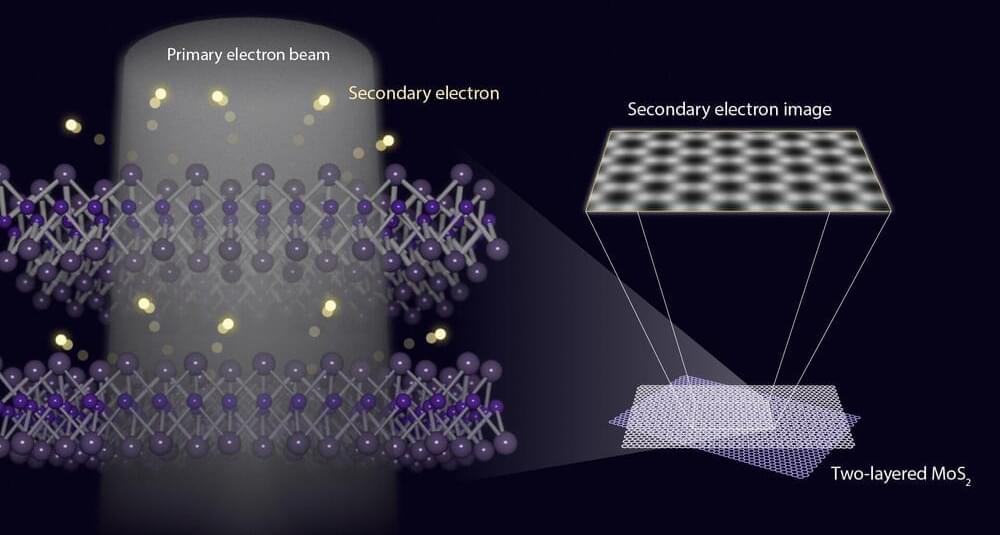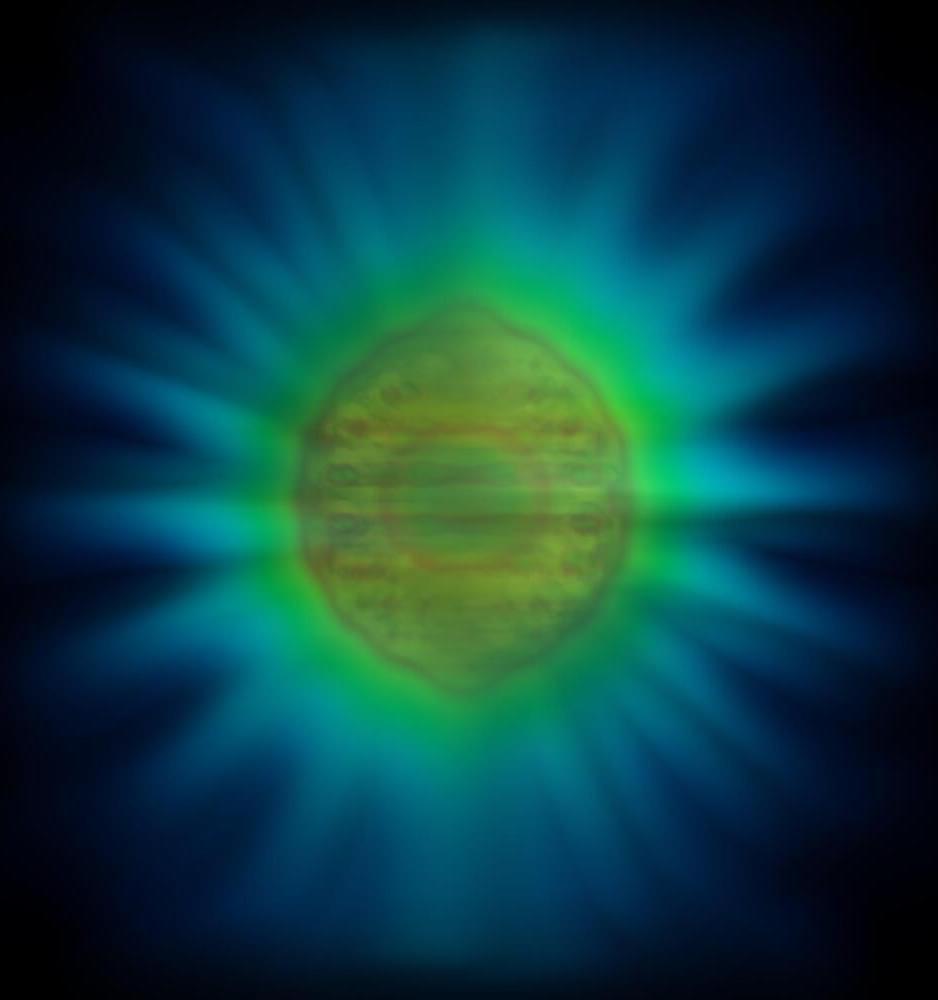Founder and CEO of Figure AI Brett Adcock says that robotics is now an AI business, and that they have access to all the H100s they want from Microsoft, while their partnership with OpenAI will lead to robots that can reason and plan. — - — 👉 Before you go 👋 If you want to keep up with the latest news on AI startups and how they’re changing the world, join 1000+ subscribers reading our newsletter for FREE! Link in bio. — - — #brettadcock #figureai #robots #robotics #airobot #todayinai
New research questions the link between repetitive head injuries and CTE, suggesting current evidence is insufficient for definitive conclusions. Researchers call for more rigorous studies with standardized definitions to understand CTE’s causes.
Elon Musk has set the expectations for SpaceX’s sixth test flight of Starship with four objectives that must be achieved in order for the launch to be considered a success.
The heart-stopping flights led to his research of unmanned aircraft systems while getting his doctorate degree in aerospace engineering at Massachusetts Institute of Technology. Then, he formed Rotor Technologies in 2021 to develop unmanned helicopters.
Rotor has built two autonomous Sprayhawks and aims to have as many as 20 ready for market next year. The company also is developing helicopters that would carry cargo in disaster zones and to offshore oil rigs. The helicopter could also be used https://apnews.com/article/wildfire-season-2024-firefighters…2e4c66fd7” rel=“noopener”>to fight wildfires.
For now, Rotor is focused on the agriculture sector, which has embraced automation with drones but sees unmanned helicopters as a better way to spray larger areas with pesticides and fertilizers.
Surfaces play a key role in numerous chemical reactions, including catalysis and corrosion. Understanding the atomic structure of the surface of a functional material is essential for both engineers and chemists. Researchers at Nagoya University in Japan used atomic-resolution secondary electron (SE) imaging to capture the atomic structure of the very top layer of materials to better understand the differences from its lower layers. The researchers published their findings in the journal Microscopy.
Some materials exhibit “surface reconstruction,” where the surface atoms are organized differently from the interior atoms. To observe this, especially at the atomic level, surface-sensitive techniques are needed.
Traditionally, scanning electron microscopy (SEM) has been an effective tool to examine nanoscale structures. SEM works by scanning a sample with a focused electron beam and capturing the SEs emitted from the surface. SEs are typically emitted from a shallow depth below the surface, making it difficult to observe phenomena like surface reconstruction, especially if only a single atomic layer is involved.
A commitment to continually refining these strategies is critical in the face of emerging threats and vulnerabilities.
Unlock the Secret to a Longer, Healthier Life: The Power of Inhibiting IL-11
Discover the groundbreaking science behind aging in this video, Mr. Bill Faloon presents:
• The Role of IL-11 in Aging: Learn how this inflammatory cytokine accelerates aging and contributes to age-related diseases.
• The Benefits of Inhibiting IL-11: Discover how reducing IL-11 levels can lead to increased lifespan, improved health, and a more youthful appearance.
• Natural Ways to Inhibit IL-11: Learn about dietary supplements and lifestyle habits that can help you lower IL-11 levels.
• The Future of Anti-Aging Medicine: Explore the latest research on drugs and therapies targeting IL-11 and how they may revolutionize the way we approach aging.
https://www.nature.com/articles/s41586-024-07701-9
Inhibition of IL-11 signalling extends mammalian healthspan and lifespan.
https://www.ncbi.nlm.nih.gov/pmc/articles/PMC9386112/
IL11 stimulates ERK/P90RSK to inhibit LKB1/AMPK and activate mTOR initiating a mesenchymal program in stromal, epithelial, and cancer cells.
https://www.ncbi.nlm.nih.gov/pmc/articles/PMC10754292/
Understanding interleukin 11 as a disease gene and therapeutic target.
Blocking Inflammation Protein Extends Lifespan.
https://www.telegraph.co.uk/news/2024/07/17/scientists-find-…op-cancer/
Researchers at the Texas A&M College of Veterinary Medicine and Biomedical Sciences (VMBS) are helping uncover new information about the Y chromosome in horses, which will help owners identify optimal lineages for breeding and help conservationists preserve breed diversity.
“Because of its complex structure, the Y chromosome is much harder to sequence, making our knowledge of it far from complete,” said Dr. Gus Cothran, a professor emeritus in the VMBS’ Department of Veterinary Integrative Biosciences (VIBS). “In fact, scientists used to believe that the Y chromosome lacked genetic variety, which we believed meant that it didn’t contribute much to species diversity.”
However, Cothran’s new research collaboration, led by the University of Veterinary Medicine Vienna, has uncovered that the Y chromosome does have meaningful variation and is important for species diversity.
A new theory that explains how light and matter interact at the quantum level has enabled researchers to define for the first time the precise shape of a single photon.
Research at the University of Birmingham, published in Physical Review Letters, explores the nature of photons (individual particles of light) in unprecedented detail to show how they are emitted by atoms or molecules and shaped by their environment.
The nature of this interaction leads to infinite possibilities for light to exist and propagate, or travel, through its surrounding environment. This limitless possibility, however, makes the interactions exceptionally hard to model, and is a challenge that quantum physicists have been working to address for several decades.









